The tools of the trade.
We talked about a lot of tools and services in The Freelance Manifesto. Here they are all collected in one spot. As I mentioned in the book, tools come and go all the time so use this list as a starting point, but take it upon yourself to research the latest and greatest ways to stay on top of your freelancing career.

Tools for Communicating with Clients
Slack: This messaging app has gotten so popular so fast that it’s hard to remember a time before it existed. We use it at School of Motion and it’s mostly eliminated email from our organization. It’s free to use, though you can pay for some premium features if you need them.
Skype, Google Hangouts, Screenhero, Appear.in, Zoom: These tools all enable you to have voice or video-chats with your client as well as share your screen in real-time. Super handy for showing your client a quick work-in-progress. Appear.in integrates into Slack which makes it frictionless to start a quick video chat. Screenhero and Zoom both have a great feature where your client’s mouse can appear on your screen so that they can “point” to things for you to look at. Try them all, see what you like. We're currently digging Zoom.

Project Management Tools
Trello, Asana: Both of these apps let you manage projects in a team. Let’s say you’re working with another freelancer you’ve hired to complete 10 videos. Keeping track of the various states of approval between 10 videos can be tricky, but these project-management apps make it really simple. We prefer Trello at School of Motion, as it’s a simpler system that gives you plenty of visual cues as to what’s going on in your project. If you’ve ever used a Kanban board, you’ll immediately get how it works. Both apps have free tiers to get started.
Dropbox: C’mon, you know about Dropbox. It’s invaluable, I don’t know how I ever lived without it. Just in case you’ve been living in a cave for the past 5 years, Dropbox is an app that lets you sync a folder across multiple computers as well as the cloud. If you want to share a folder with a bunch of project files in it with a client, it takes about 3 clicks to do it with this indispensable tool.

Video / Image Review Tools
Frame.io, Wipster, Boords: These tools make it very easy for you to share work with your clients and get precise, actionable feedback. Gone are the days of getting an email with lines like, “That part where that circle moves left, that needs to be 20% slower. And make that other thing blue.” Frame and Wipster allow you and your clients to comment directly on specific frames of video, draw and add notations right on the image, and track versions easily. Boords is a newer tool from the folks at Animade that is streamlined not for video, but for storyboards. It’s another incredible tool to add to your arsenal.
Loom: This is one of my favorite tools. You click a button, and in seconds you are recording your screen and your voice at the same time. As soon a you’re done, you get a link to the video you just made to send to a client. It’s a crazy-simple way to show a client something and to talk them through it without having to schedule a meeting or write a big long message. Learn to loom like a pro!

E-mail Tools
Voila Norbert: My go-to tool for finding e-mail addresses. Type in a first and last name and a domain, and the app searches for an address. I get about 60% success with this tool, so you’ll need to use others as well.
Hunter.io: This site will show you all known e-mail addresses for a domain. This is very useful if you can’t find an e-mail address any other way. You can at least find out the domains “email format”, like [email protected], which gives you a much better chance of guessing the right address for a lead.
RocketReach.co: One of the newer tools that finds emails for you. It has a very high success rate, so definitely give this one a shot.
Rapportive: This is an extension for Gmail that automatically pulls up any associated LinkedIn information on people based on their email addresses. It’s not only a great way to verify if you’ve found a valid address, but it also pulls up info on anybody who emails you. This will let you reply with more knowledge about who you’re communicating with.
WiseStamp: This is the tool I use to create beautiful, professional e-mail signatures in about 10 seconds. Sure, you can just code your own for free, but this tool makes it so easy, plus it has advanced features that can update your signature constantly with your latest work and other things like that.
MailTrack.io: This tool is incredible. It’s an extension for Gmail that lets you know when somebody has received, opened, and clicked on any emails you send. It’s not 100% accurate, but it’s close enough and gives you the info you need to be a ninja-level freelancer.
Right Inbox, Boomerang: Both tools do pretty much the same things. You can write an email and then schedule it to be sent later, handy for under promising and over delivering to your clients. It can also remind you about certain emails, which makes it really easy to remember to follow up if a client hasn’t booked you yet.

Portfolio Platforms
Squarespace, Wix, Adobe Portfolio, Behance: There’s no advantage anymore to going through the pain of setting up your own Wordpress site. You don’t need bells and whistles, you need a simple site that gives you a grid of your work. Squarespace seems to be the dominant choice at the moment, and it’s got a dead-simple interface to set up your site in minutes.

Invoicing & Accounting Tools
QuickBooks, FreshBooks: Most freelancers seem to prefer the simplicity of Freshbooks, but I always used QuickBooks because my accountant could access QuickBooks and do my taxes without me having to lift a finger. Both platforms are great, and allow you to send and track invoices with ease. Both also let you add the “pay now” button I mentioned which can help you get paid faster at the expense of about 3% of the bill.
FundBox: FundBox should be a tool of last resort for freelancers. It’s essentially a line of credit based on your Accounts Receivable (what you’re currently owed). You show them the invoices you’ve sent your clients, and they’ll pay you immediately what you’re owed, then put you on a payment plan to pay them back. Once you get the check from your client, you can pay the balance of what you owe FundBox if you like or stay on the payment plan. Of course you end up losing a little money through fees this way, but if you have a huge invoice out there that’s going to take 3 months to get paid, and you need the cash now, this type of service might be invaluable.
ENROLL NOW!
Acidbite ➔
50% off everything
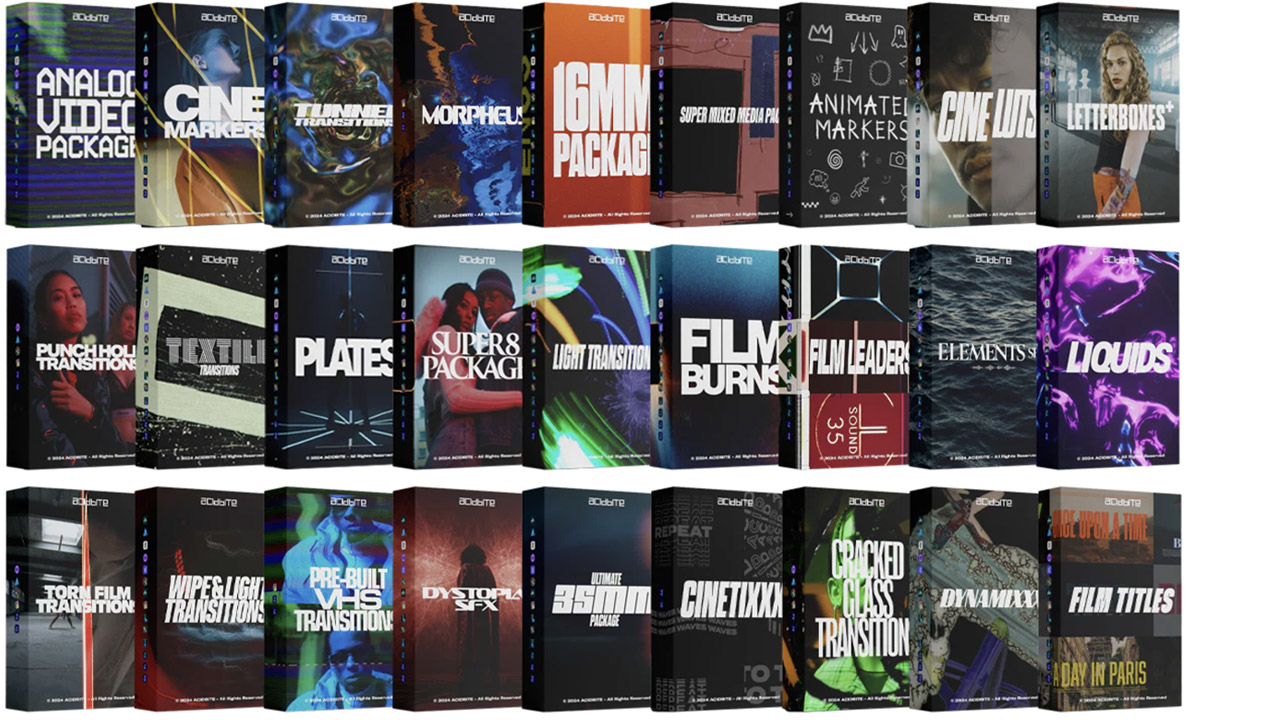
ActionVFX ➔
30% off all plans and credit packs - starts 11/26
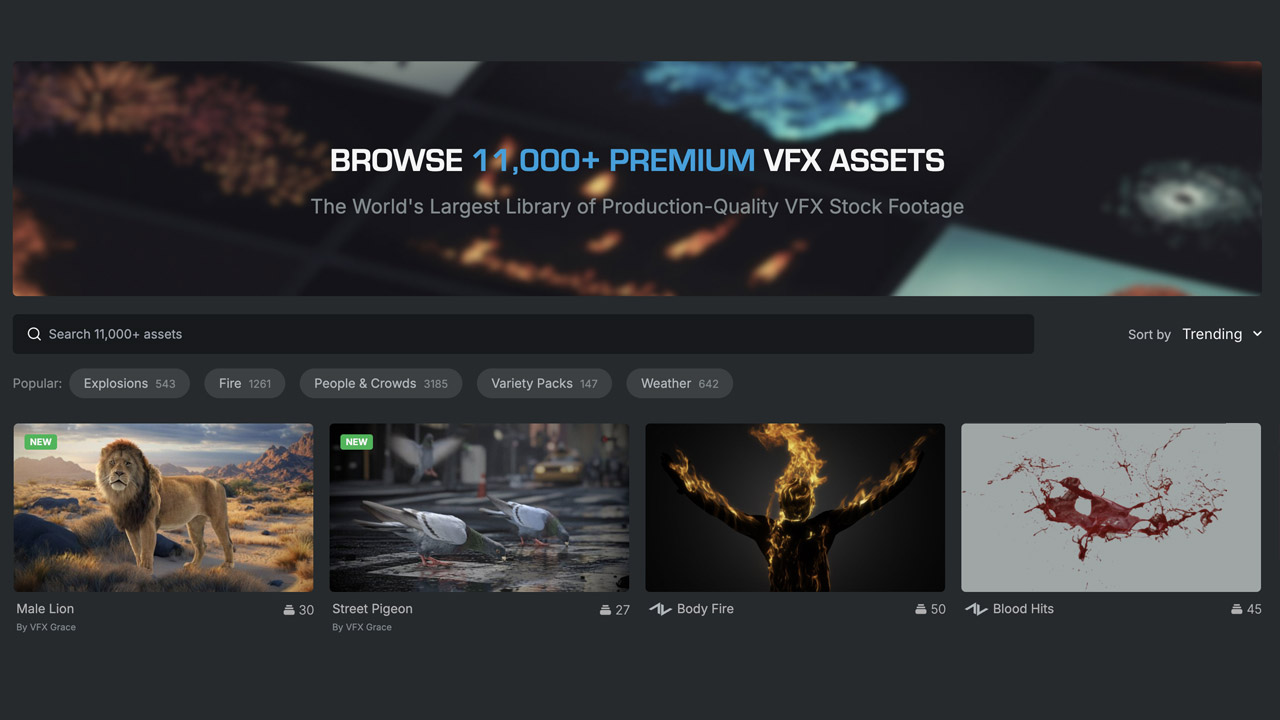
Adobe ➔
50% off all apps and plans through 11/29
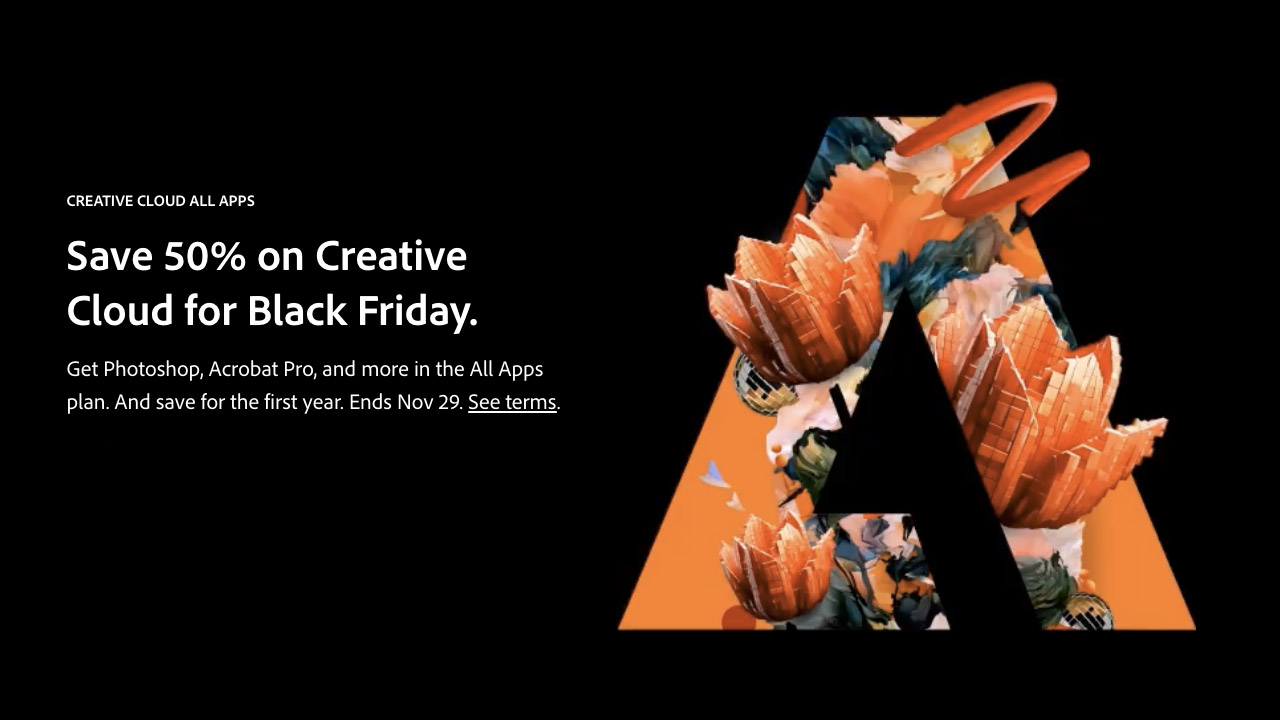
aescripts ➔
25% off everything through 12/6
Affinity ➔
50% off all products
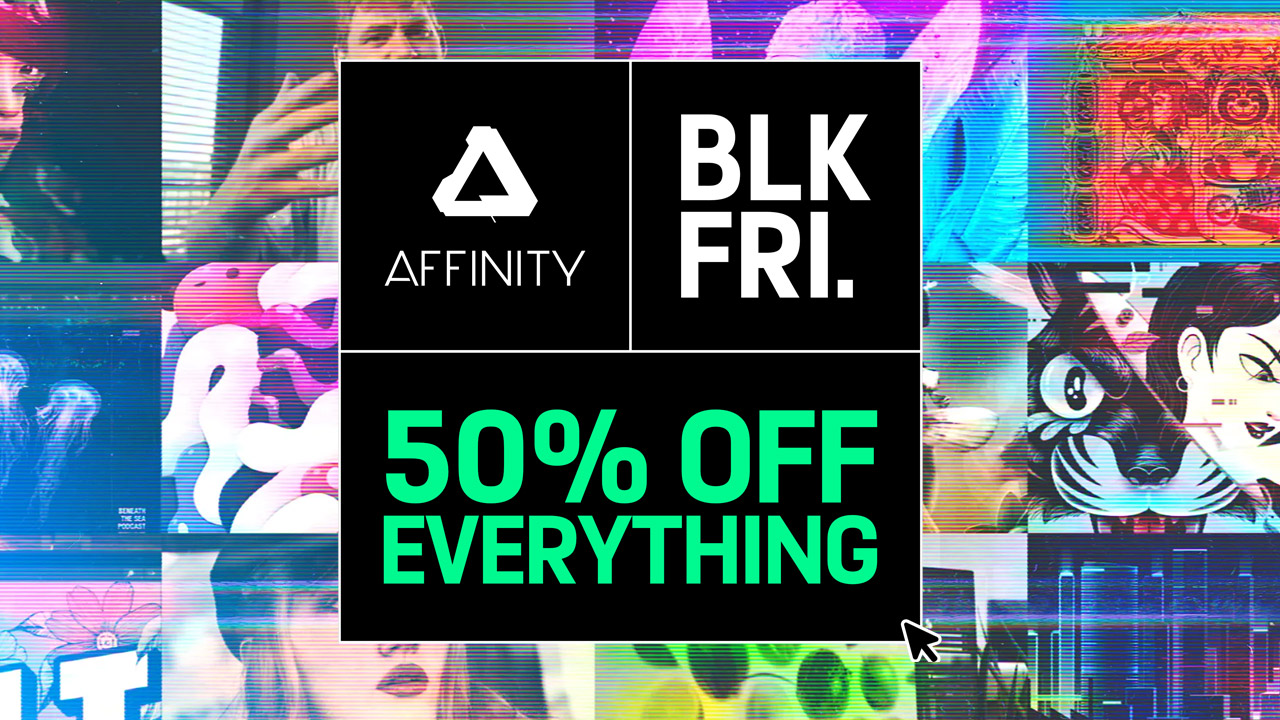
Battleaxe ➔
30% off from 11/29-12/7
Boom Library ➔
30% off Boom One, their 48,000+ file audio library
BorisFX ➔
25% off everything, 11/25-12/1
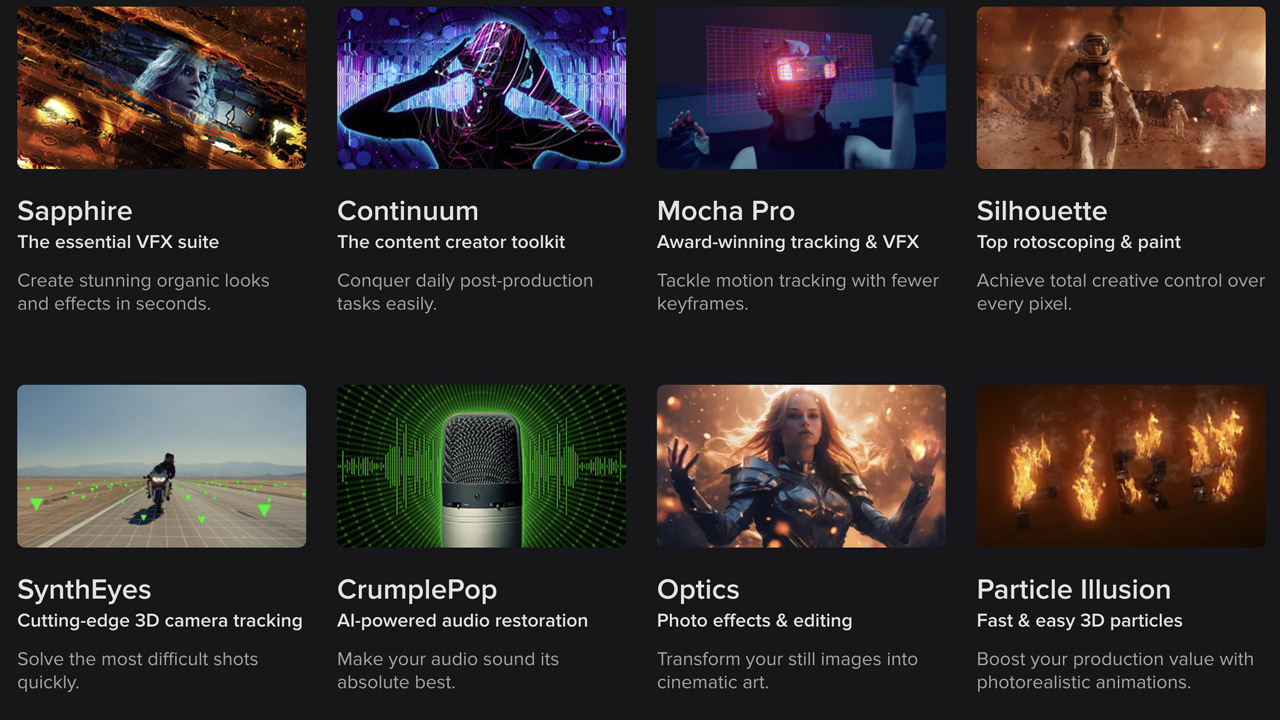
Cavalry ➔
33% off pro subscriptions (11/29 - 12/4)

FXFactory ➔
25% off with code BLACKFRIDAY until 12/3
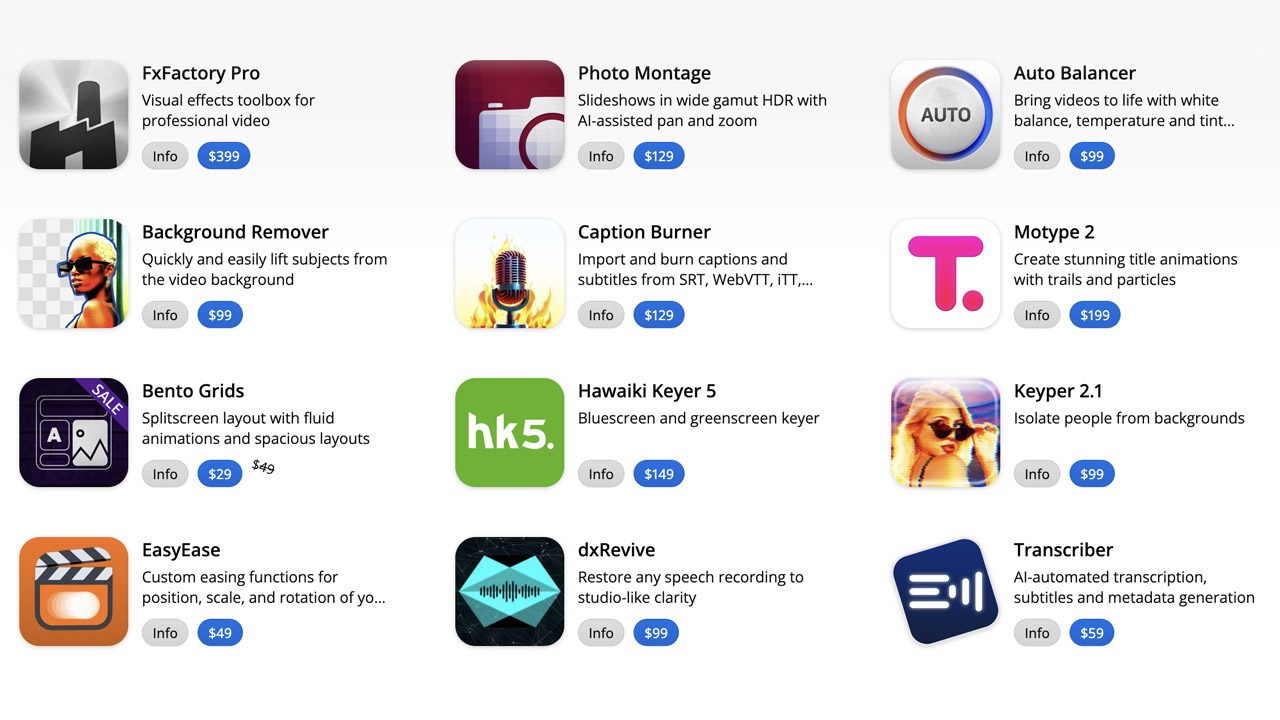
Goodboyninja ➔
20% off everything
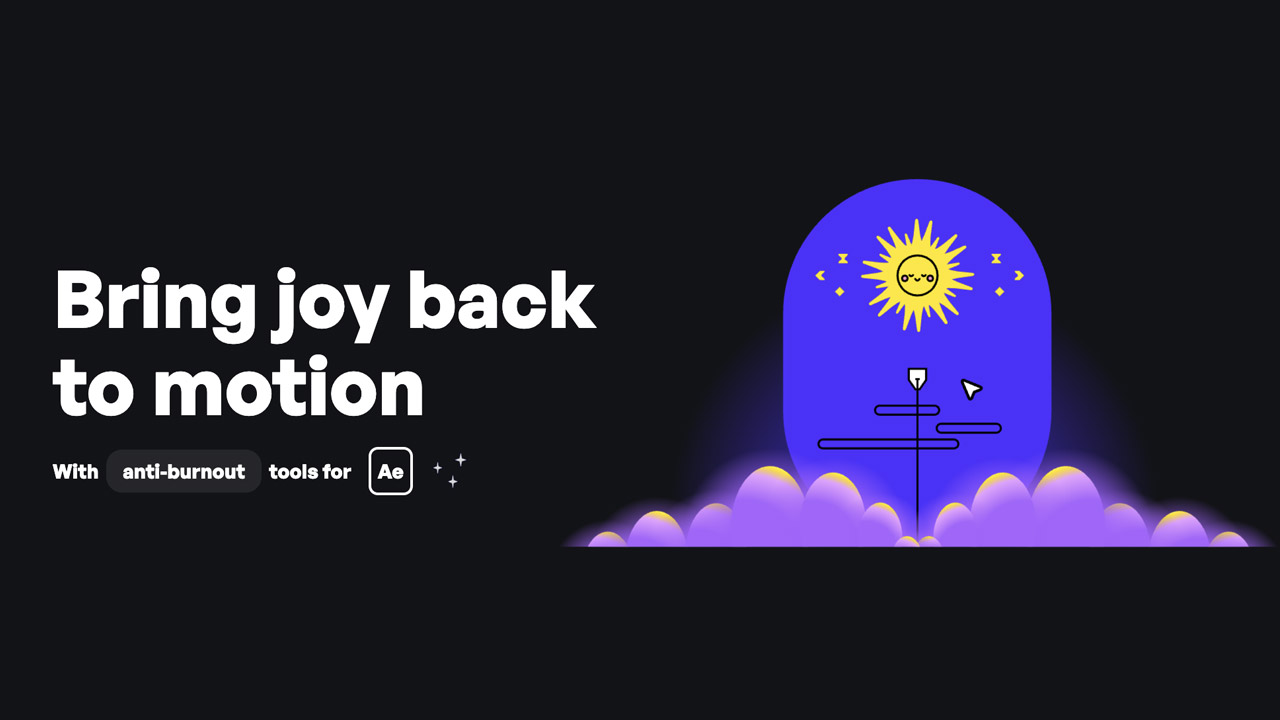
Happy Editing ➔
50% off with code BLACKFRIDAY
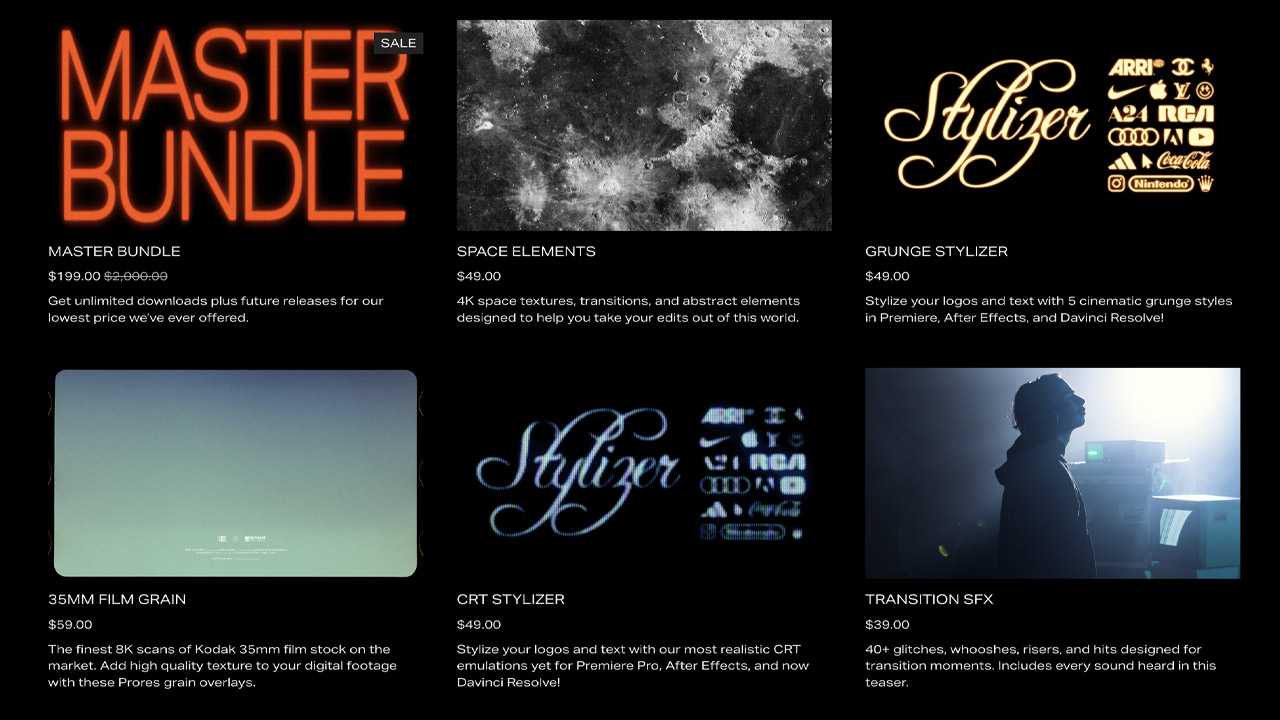
Huion ➔
Up to 50% off affordable, high-quality pen display tablets
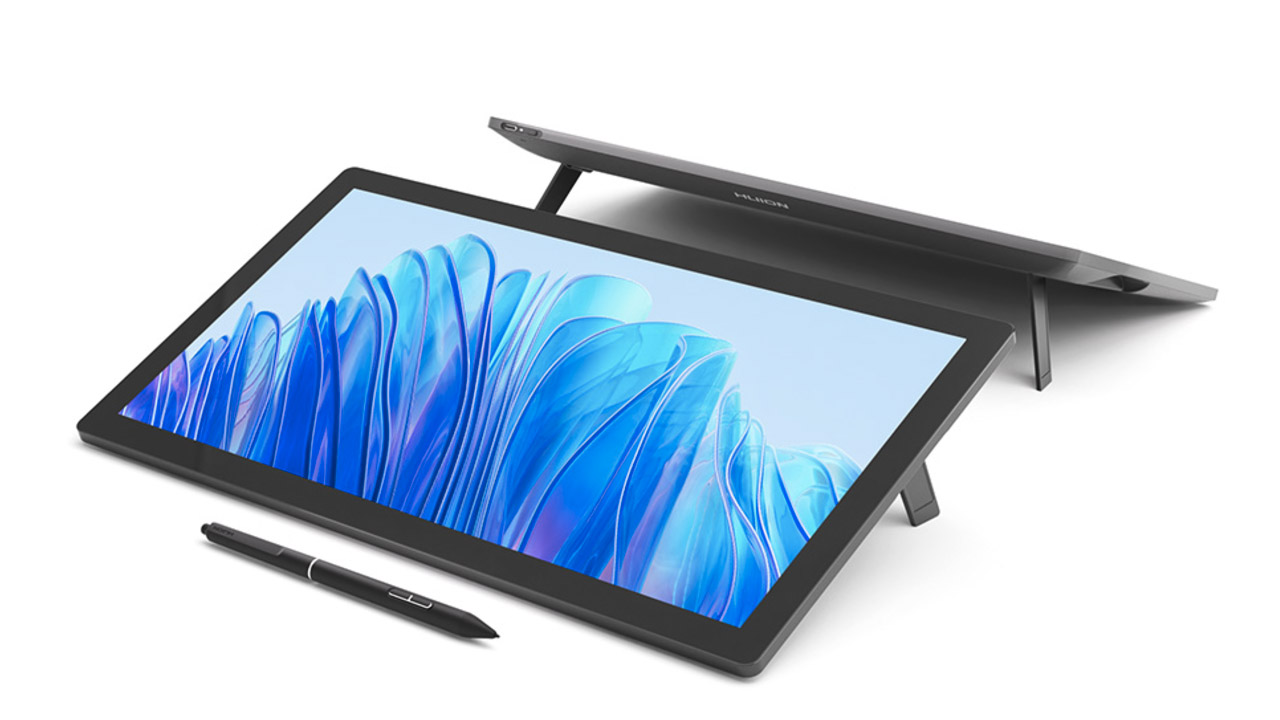
Insydium ➔
50% off through 12/4
JangaFX ➔
30% off an indie annual license
Kitbash 3D ➔
$200 off Cargo Pro, their entire library
Knights of the Editing Table ➔
Up to 20% off Premiere Pro Extensions
Maxon ➔
25% off Maxon One, ZBrush, & Redshift - Annual Subscriptions (11/29 - 12/8)
Mode Designs ➔
Deals on premium keyboards and accessories
Motion Array ➔
10% off the Everything plan
Motion Hatch ➔
Perfect Your Pricing Toolkit - 50% off (11/29 - 12/2)
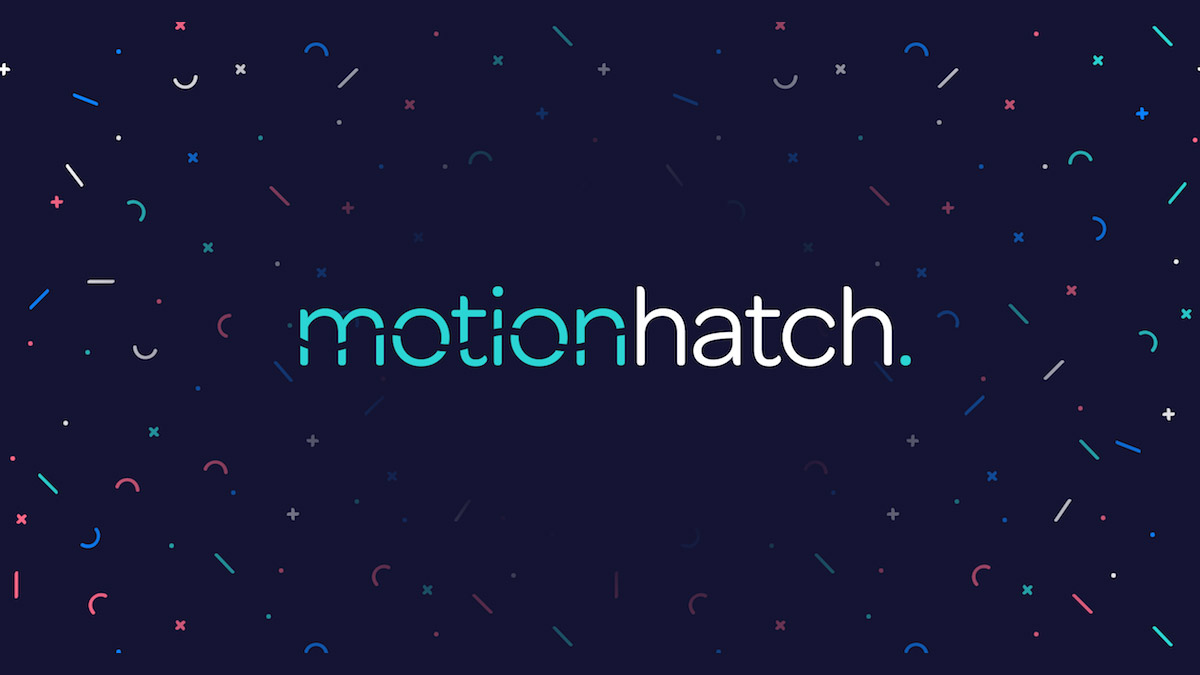
MotionVFX ➔
30% off Design/CineStudio, and PPro Resolve packs with code: BW30
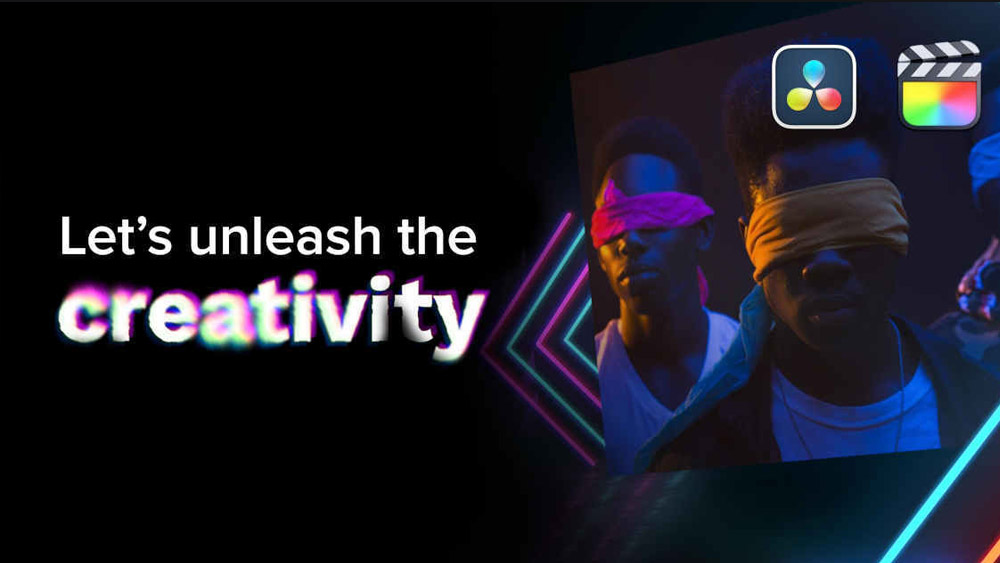
Rocket Lasso ➔
50% off all plug-ins (11/29 - 12/2)
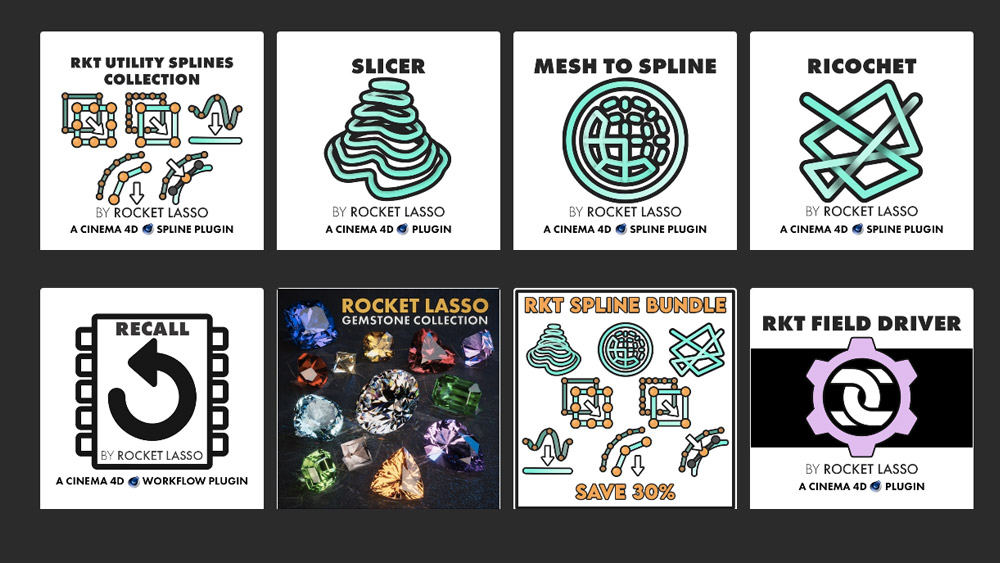
Rokoko ➔
45% off the indie creator bundle with code: RKK_SchoolOfMotion (revenue must be under $100K a year)

Shapefest ➔
80% off a Shapefest Pro annual subscription for life (11/29 - 12/2)

The Pixel Lab ➔
30% off everything
Toolfarm ➔
Various plugins and tools on sale

True Grit Texture ➔
50-70% off (starts Wednesday, runs for about a week)

Vincent Schwenk ➔
50% discount with code RENDERSALE

Wacom ➔
Up to $120 off new tablets + deals on refurbished items



The freelancer’s guide to finding, booking, and keeping clients.
Drive your freelance motion design career to the next level with a repeatable method of finding, contacting, and landing clients. You’ll learn new ways of identifying prospects and nurturing leads, plus how to develop a freelance philosophy that keeps you thriving through chaos. See this system in action so you can implement it yourself!
